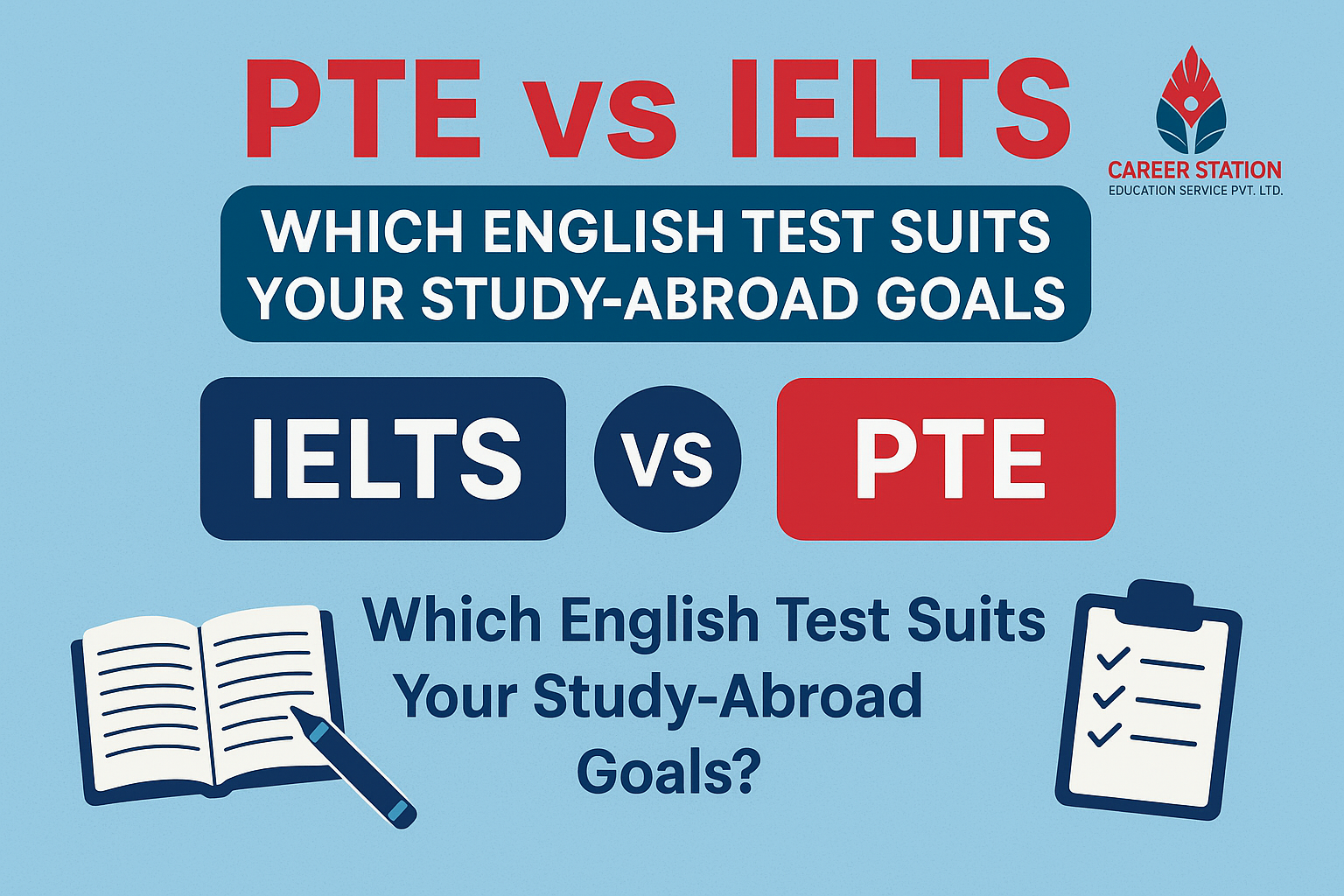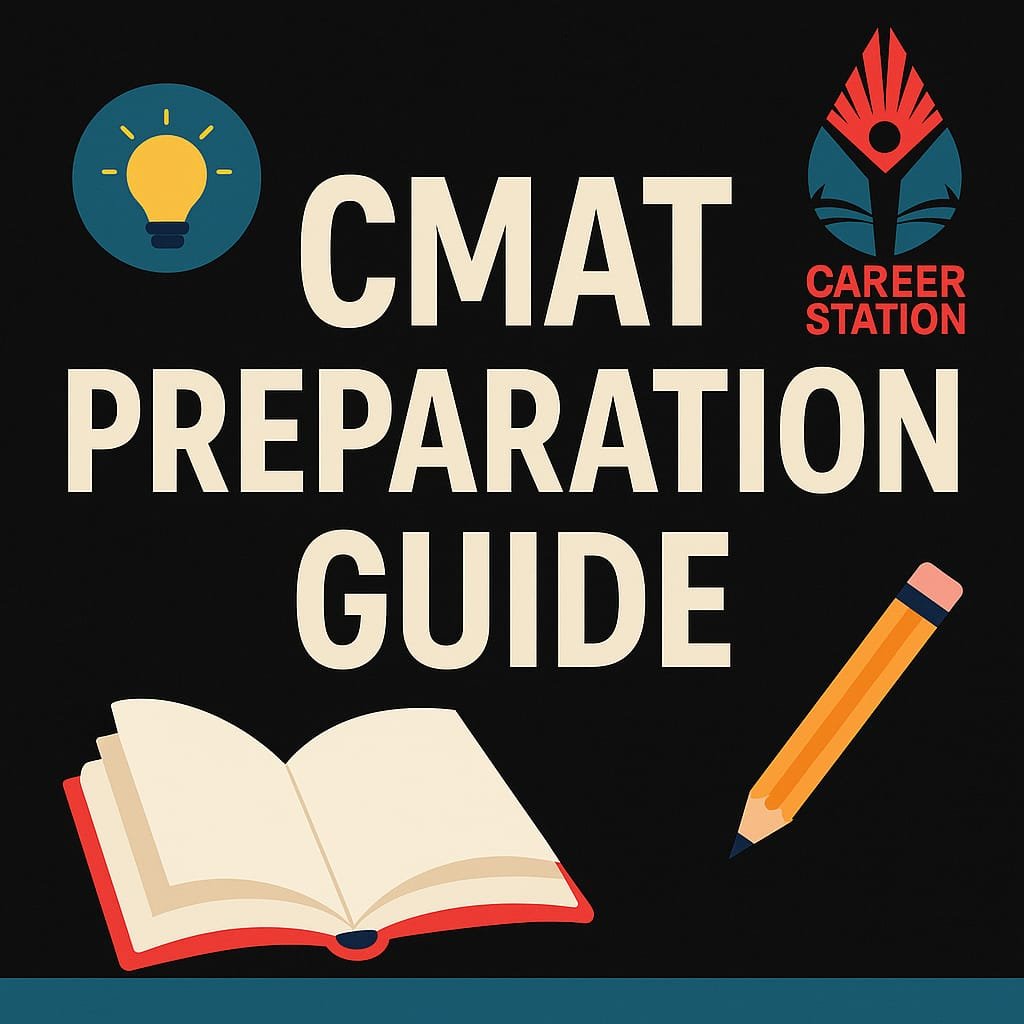
The USA has always been a top choice for Nepali students because of its high-quality education, flexible learning environment, and career opportunities. But applying to study in the USA is not just about filling forms it requires careful planning and the right steps.
Here’s a clear, step-by-step guide for Nepali students.
Step
1: Research and Choose the Right University
Start by shortlisting 3–5
universities that suit your academic goals, budget, and preferred location.
Things to check:
- Course relevance
– Does it match your career plan?
- Ranking & reputation – Use QS, THE, or US News.
- Tuition fees
– Can range from $15,000 to $50,000 per year.
- Living costs
– Cities like New York are expensive, while smaller towns are cheaper.
- SEVP Certification
– This is mandatory for international students.
Tip: Make a comparison chart to
evaluate options
Step
2: Check Admission Requirements
Each
university sets its own rules. Generally, you’ll need:
- Academic transcripts (SEE, +2, or Bachelor’s)
- Minimum GPA requirement (often 2.5–3.0 or higher)
- English test scores (IELTS/PTE/TOEFL)
- Standardized test scores (SAT, GRE, GMAT depending on
course)
- Statement of Purpose (SOP)
- Letters of Recommendation (2–3)
Tip: Check the university website carefully to avoid missing hidden requirements.
Step
3: Prepare for English Proficiency & Entrance Tests
Almost all US universities require
proof of English skills:
- IELTS:
6.0–7.0 band
- TOEFL iBT:
80–100
- PTE: 50–65
Other possible tests:
- SAT –
Undergraduate courses, aim for 1200+
- GRE – Most
Master’s courses
- GMAT
– Business/MBA programs
Tip: Start test prep at least 4–6 months before deadlines.
Step
4: Prepare Your Application Documents
Your application must be
professional and complete. Prepare:
- Academic certificates & transcripts (officially
attested)
- Valid passport (should be valid for your full course
duration)
- SOP – Clearly explain why the USA, why the course, and
your future goals.
- LORs – Usually from teachers, professors, or employers.
- Resume/CV – For postgraduate applicants.
- Portfolio – For creative courses like design or
architecture.
Tip: Customize your SOP for each
university.
Step
5: Submit Your University Applications
Applications are usually online:
- Fall Intake
(Aug/Sep): Apply between Oct–Mar
- Spring Intake
(Jan): Apply between Apr–Aug
Application costs: $50–$100 per university.
Tip: Apply to a mix of “dream,”
“target,” and “safe” universities to increase chances.
Step
6: Receive Offer Letter & Get I-20 Form
Once accepted:
- Review the offer letter and meet any conditions.
- Pay the required admission deposit (if asked).
- Request the Form I-20 – a key document for your
student visa.
Tip: Keep copies of all documents for visa processing.
Step
7: Apply for F-1 Student Visa
The F-1 visa process includes:
1.
Paying SEVIS I-901 fee
($350).
2.
Paying MRV visa fee ($185).
3.
Filling out DS-160 form
online.
4.
Booking a US Embassy interview in
Kathmandu.
5.
Preparing documents:
o
I-20 form
o
SEVIS payment receipt
o
Bank statements (usually showing
funds for 1 year)
o
Sponsor letter
o
Ties to Nepal proof (property
documents, family commitments)
Extra Note: After your US visa is
granted, you will also pay a US visa integrative fee of $250,
which is refundable after you complete your study duration in the USA.
Tip: Practice common visa interview
questions like “Why this course?” and “How will you fund your studies?”
Step
8: Prepare for Departure
- Arrange accommodation (on-campus or off-campus)
- Book flights early for cheaper prices
- Attend pre-departure orientations (Career
Station offers these)
- Pack essential documents in your carry-on
Tip: Keep all official papers in a separate folder for airport
checks.
Step
9: Arrive and Start Your Studies
- Arrive before the reporting date on your I-20
- Attend orientation sessions
- Open a US bank account & get a SIM card
- Learn about your work rights (20 hours/week during
classes)
Tip: Always maintain full-time
enrollment to keep your F-1 visa valid.
Final
Advice for Nepali Students
- Start early — applications can take 12+ months from planning
to departure.
- Be honest in your application & visa interview.
- Keep backups of every document.
- Get professional guidance if needed to avoid mistakes.



